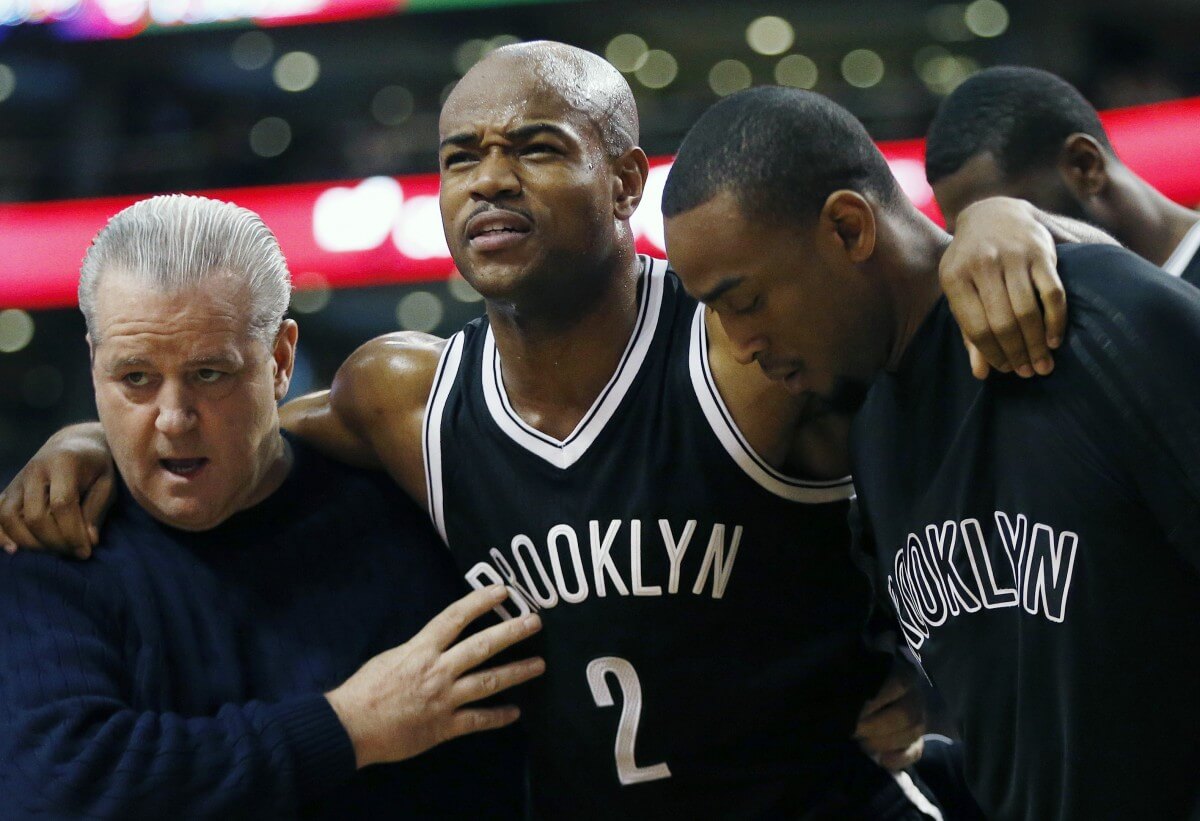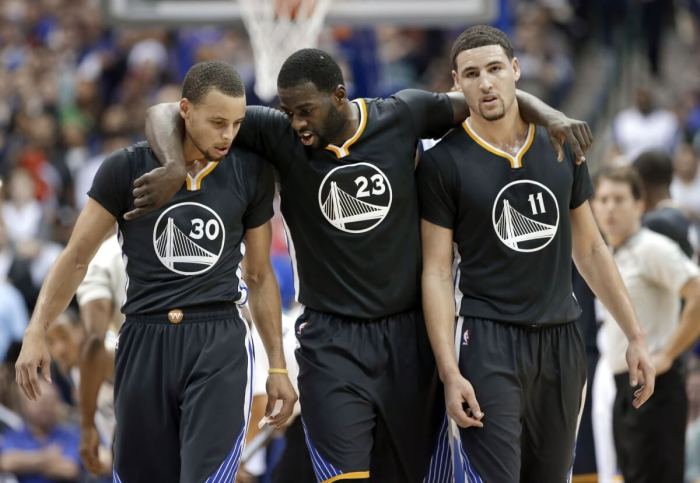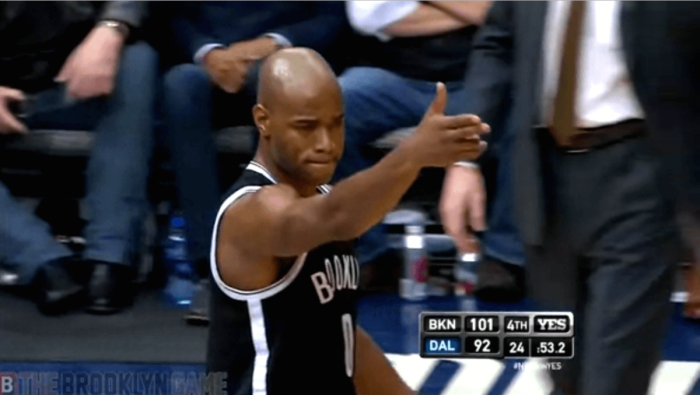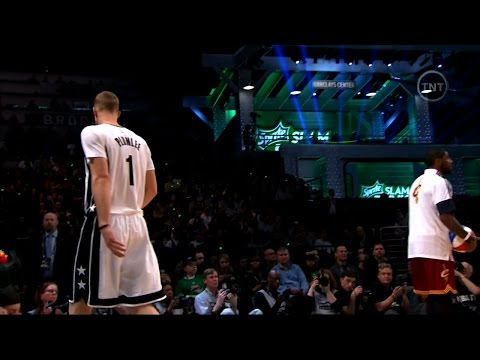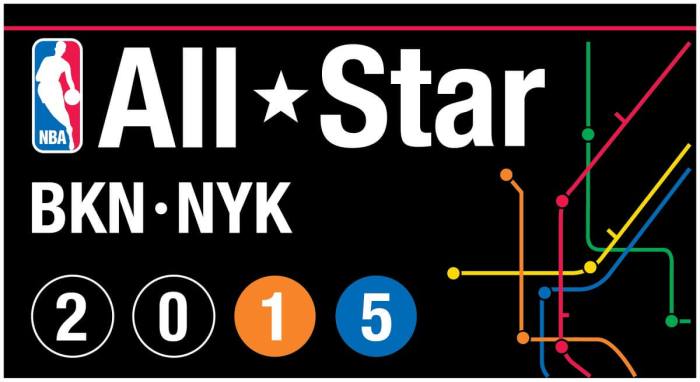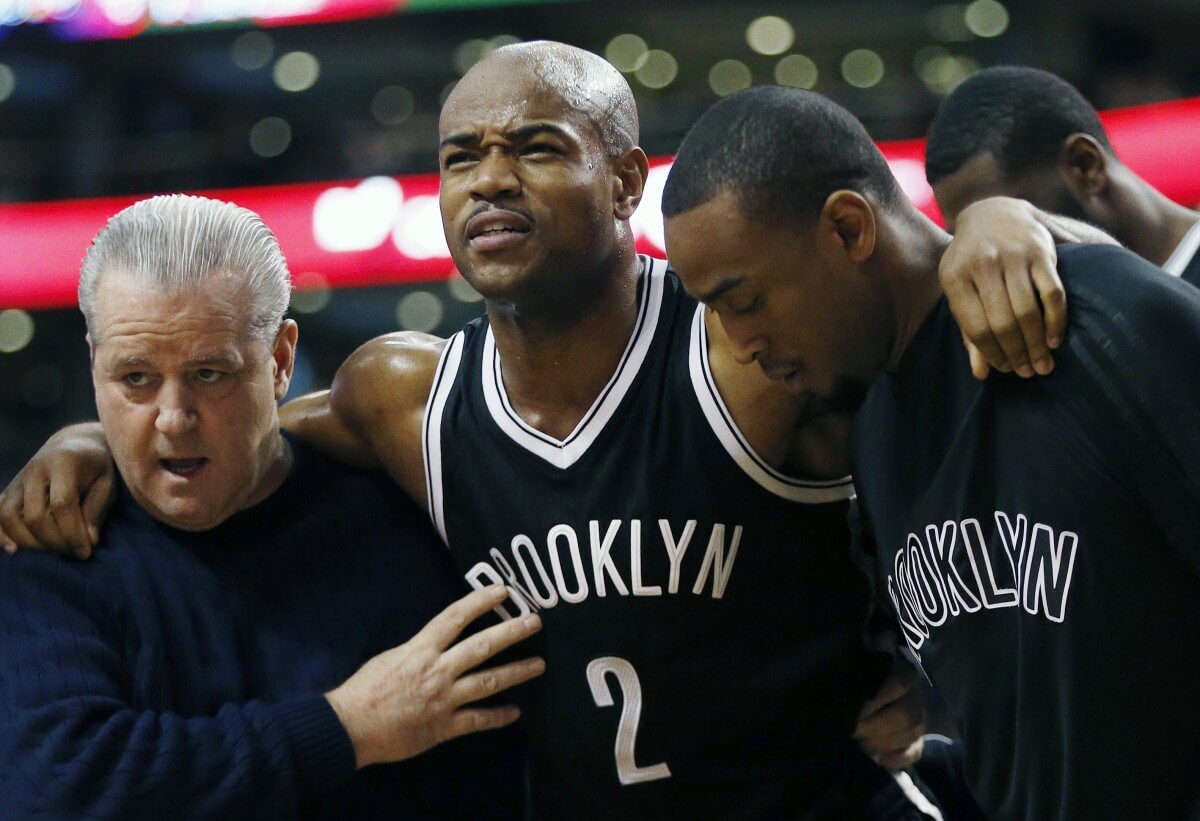
The Nets announced that Jarrett Jack will miss the season after tearing his ACL and medial meniscus in his right knee. It was one of those brutal non-contact injuries players have, and since Jack has a non-guaranteed deal for next season (only a $500,000 guarantee on a $6.3 million salary), there’s a good chance he’s played his last game in a Nets uniform.
Jack’s imperfections are clear. He often gets lost on defense, his three-point shot has been shaky since his first day in Brooklyn, and his plus-minus last season was the worst of any player that played the entire season on a playoff team by a significant margin.
But Jack stepped into a different role this season than last with the Deron Williams era going south, and to his credit, he’d filled it about as well as you could expect from Jarrett Jack. Jack averaged a career-high in assists per 36 minutes (8.3) and sported a respectable 2.51 assist to turnover ratio. He was the only Nets player besides Brook Lopez averaging more than 2.5 free throw attempts per game (3.5), and he was converting his attempts at a career-high 89.3 percent clip.
Unlike last season, the Nets were actually better with Jack on the floor than on the bench — though, as you’d expect, not good either way.
Jack was also one of the more thoughtful and candid Nets, willing to joke about things like stealing Joe Johnson’s bobblehead from his house and defending teammates from harm’s way. Making the case that Jack is the most well-liked player in the league isn’t lip service: he’s both revered by Stephen Curry and hooked up LeBron James with “I Can’t Breathe” t-shirts last year. There’s not a game that goes by that Jack doesn’t find a friend on the opposing team. If you care about the on-court stuff, losing Jack is a decent blow; if you care about the off-court stuff, his impact is a big loss for a team already spiraling.
In a season where we expected everything to start with Jack, he hasn’t been the biggest issue on a team that’s lacked three-point shooting from its three-point shooters and has struggled to defend the rim until recent weeks.
It’s like if the crew on a sinking cruiseline ran out of food. Yeah, you’ve got to eventually catch some fish or airdrop in some rations, but if you don’t figure out how to plug this giant hole that’s flooding water in the engine room right now everyone’s gonna die. This Jack injury is like if the crew suddenly developed dysentery right as they figured out how to stop the leak.
Filling the space
The Nets will likely turn to Shane Larkin, the athletic but undersize third-year guard. Larkin has shown off a dead-eye shot this season, but struggles with size mismatches on defense and hasn’t finished well at the rim through contact this season (47.7 percent shooting from 0-3 feet). Donald Sloan will continue to play backup minutes, though he’s only played spot minutes following injuries this season. Knowing Lionel Hollins — and any coach, really — he’ll likely lobby for a third point guard, even in the likely scenario that he sticks with Larkin as his starter.
What the Nets can do
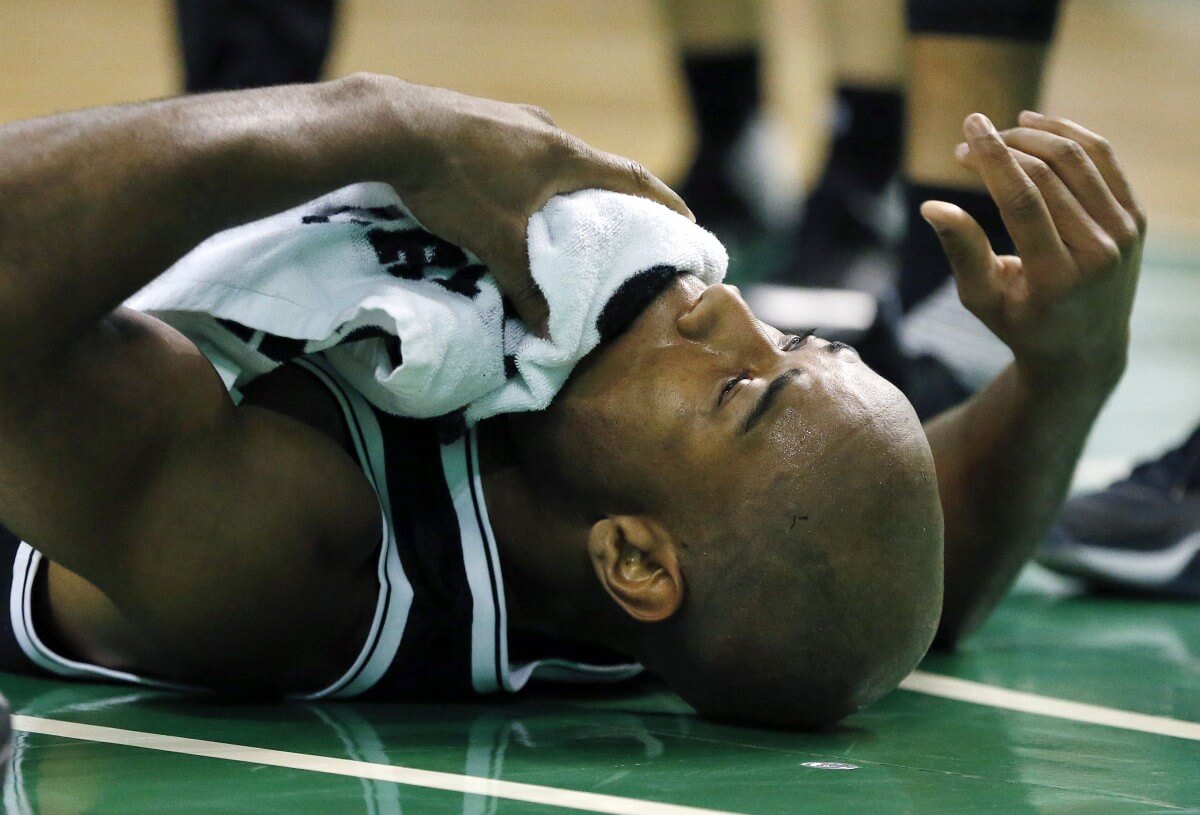
The exception has to be used by itself; i.e. the Nets couldn’t trade Jack’s $6.3 million salary plus the $3.25 extra to acquire a player making $9.55 million. So you can stop dreaming of Ty Lawson somehow sneaking into the exception. And again, the player has to be on the last year of his deal, which leaves just a few point guards they could take with the exception. Some examples are Jerryd Bayless (imagine the Nets & Bucks making a deal!), D.J. Augustin, Kirk Hinrich, Brian Roberts, Aaron Brooks, and Ish Smith. Those are not exactly game-changing names and it requires the other side wanting to send away a player for nothing, but those are some options to make phone calls on.
It’s also possible that the Nets apply for the DPE and never use it. That’s what happened when they lost Brook Lopez to a foot injury two seasons ago.
To sign anyone, the Nets would need to clear a roster spot. Even if they’re granted the Disabled Player Exception, that doesn’t take Jack off the roster. Since the Nets currently have the maximum of 15 players on their roster, they’d need to either waive a player or make a trade that sends away at least one more player than they get back.
As you might expect midway through an NBA season, there aren’t many point guards on the free agent market. The most intriguing is likely Tony Wroten, who was just waived by the Philadelphia 76ers, but “waived by the Philadelphia 76ers” might not be the most appealing top line on a resume.
The Nets are bumping up against the luxury tax, and they’d be in the dreaded “repeater” status if they add about $1.4 million in salary. But they’d only be going in by a couple million at most, and the salary spike over the next two years makes becoming a taxpayer an unlikely scenario. They did make moves this offseason to inch under the tax, none more important than stretching Deron Williams’s $27.5 million buyout over five seasons. It also doesn’t hurt that the remainder of Jack’s salary will be paid by insurance, since he’ll be out for the rest of the season. It remains to be seen what they’ll do in that space.
Jack is a divisive player: eye test fanatics point to his shotmaking in big moments and willingness to help teammates in low moments; analytics and film paint a much darker picture of a player that wastes possessions with poor shot selection and missed defensive assignments. But Jack wasn’t the biggest problem with the Nets, and the depth behind him isn’t strong. Barring an unexpected change, the loss of Jack will probably cost this team a few wins in a season that’s already found the Nets well below .500.

